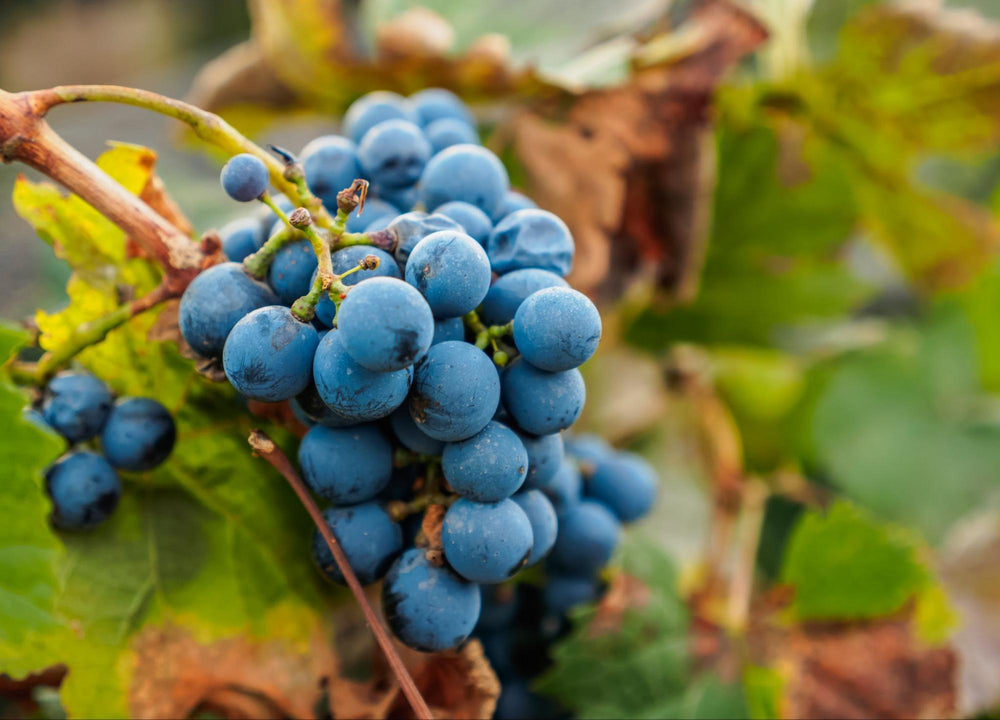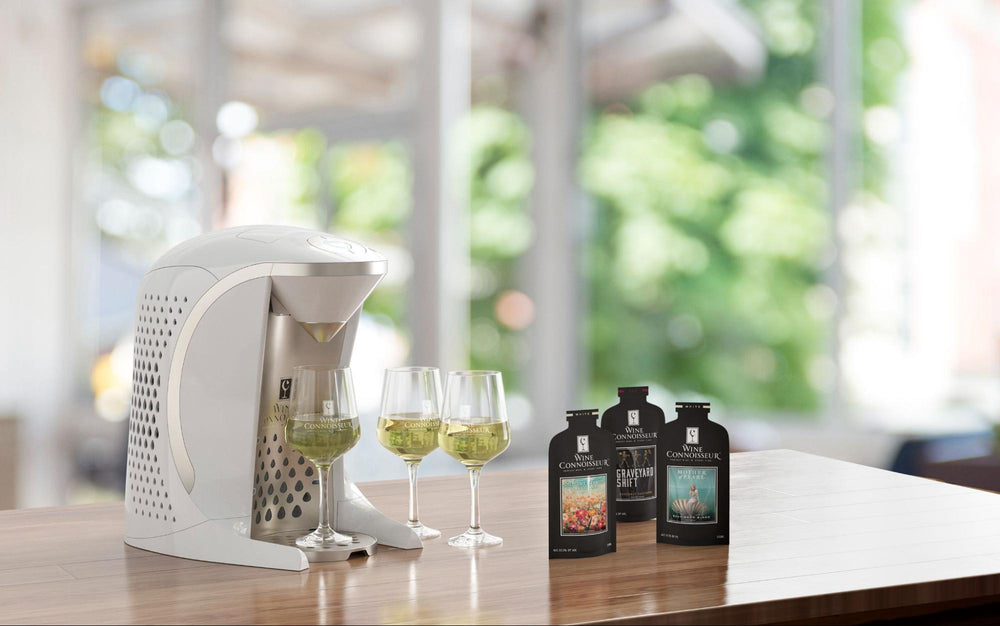What Does Aerating Wine Do?

Be sure to let those tannins breathe.
To any wine novice, this expression might seem a bit odd. After all, wine’s just a liquid. It doesn’t have lungs… right?
True — wine doesn’t have lungs. But it is very, very much alive.
Proper wine aeration is one of the most overlooked aspects of vino preparation. A properly aerated wine tastes infinitely better than an overly oxidized or tragically suffocated glass.
Those coveted compounds in your favorite varietal require just the right amount of oxygen exposure at the right time.
But how do you know exactly how and when to aerate your wine? That’s what we’re going to find out.
Let’s take a closer look at the chemistry and techniques of wine aeration and learn why you might want to seek out a personal sommelier to elevate your favorite varietal to new heights.

The Chemistry of Aerating Wine
The science of wine aeration lies in two distinct processes — evaporation and oxidation. Ensuring that each of these stages occurs properly will fundamentally alter the chemistry of your vino and elevate your favorite varietal to another level.
First, let’s talk about evaporation.
Evaporation
As you might remember from your elementary school science class, evaporation occurs when a liquid transforms into vapor. It’s a vital component of the water cycle and just as important in the wine aeration cycle.
When you pour yourself a glass of wine, ethanol vapors teem off the surface of the liquid. These can smell fruity and fragrant or cold and medicinal, depending on whether your glass is properly aerated.
In a well-aerated wine, some ethanol vapors evaporate away, leaving you with a more robust nose of the primary and secondary flavors within the wine rather than pure aromas of alcohol.
Another positive benefit of evaporation lies in reducing the sulfites on the surface of your wine. These compounds can be vital in protecting wine from microbes and unwanted oxidation in the storage process, though they can smell a tad like burning matches or rotten eggs on the first sniff.
If you properly aerate your wine, the process should remove a majority of the sulfites before you stick your nose in and take a deep whiff and taste of your wine.
Now, let’s move on to oxidation.
Oxidation
Wine is a living, breathing liquid. The molecules within your favorite vino constantly interact with the oxygen in the air in a process known as oxidation.
If you’ve heard the phrase, “allow the wine to breathe,” you will likely know that many wines benefit from moderate oxidation. The chemical reaction can imbue each sip with newfound nutty and fruity flavors.
However, too much oxidation can ruin just about any wine. This is precisely why proper storage and aeration are so crucial to the true enjoyment of your wine.
A properly aerated wine will infuse new life into your favorite varietal, while an overly oxidized glass will taste flabby, diminished, and slightly sour, hinting that the wine has turned.

Which Wines Should You Aerate?
Now that we know about the true benefits of aeration, let’s dive into which wines need it.
While all wines can benefit from aeration, the most pronounced effect is in robust, complex reds. These fuller-bodied red wines generally contain the firmest tannins and most organic structure within the juice, making them prime real estate for proper aeration.
Too little aeration and the ethanol vapors might dominate the nose of the wine. Too much aeration and the wine will begin to oxidize, muting some of those earthy, layered flavors that make up the best complex reds.
Of course, this isn’t to say that lighter reds or crisp whites can’t also benefit from aeration. Every varietal thrives when served at its optimal temperature and aeration level to coax out the more subtle, oaky flavors and suppress the more bitter, ethanol-based vapors within each sip.

How to Aerate Your Wine
The key to proper wine aeration is all about timing.
If you have a bottle of a robust, full-bodied red, you should likely pop the cork off about one hour prior to serving. This brings oxygen into the neck and allows the complex tannins to open up, as well as those more pungent ethanol vapors to evaporate away.
Definitely look towards a decanter if you haven’t already. These simple devices are designed not only to keep leftover sediment from entering your glass but also to expand the surface area and consequently achieve better aeration.
On the other hand, if you’re thinking of sipping on a crisp white or light red, thirty minutes of exposure to oxygen should do the trick. The more subtle flavors within these varietals benefit from a lower temperature and less oxygen exposure to mute the more bitter acids within.
Once you’ve got the wine in your glass, definitely give the vino a few swirls before sticking your nose in and taking a deep whiff. This increases the surface area of the wine, exposing even more molecules to oxygen and coaxing those hidden flavors out.
Of course, once you’ve got your wine aerating, it can feel like a bit of a time bomb, with constant looks to the clock to ensure you get the aeration just right. It can require a great deal of attention on the part of the wine enthusiast.
And what if you actually want to enjoy wine night as intended? Relaxed with your feet up and able to pay more attention to your friends’ conversation rather than the stopwatch sitting on your counter.
That’s exactly why you need a personal sommelier like the Wine Connoisseur.

Ensure Proper Aeration With A Personal Sommelier
This simple kitchen appliance is deceptively intelligent, perfectly calibrating your favorite varietals to their optimal serving temperatures and aeration levels with little more than the push of a button.
Say goodbye to overly oxidized wine. Say goodbye to wasted bottles. Say goodbye to the stopwatch.
Say hello to stress-free, delicious wine night after night after night.
While you’re waiting for your sommelier and sachets to arrive, feel free to read through our blog to learn more about how the proper serving temperature and even your choice of wine glass can elevate your favorite varietal to unmatched flavor.



